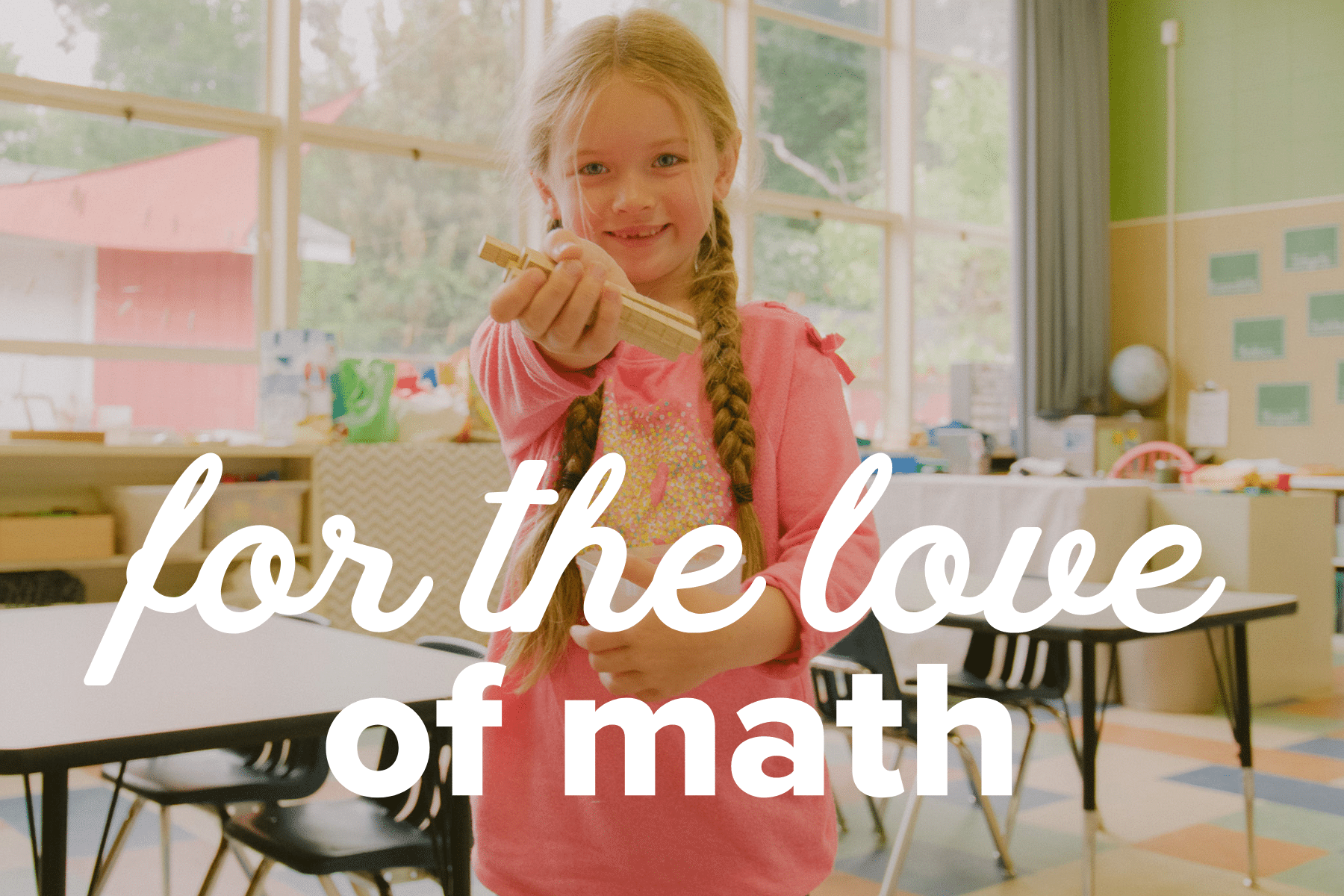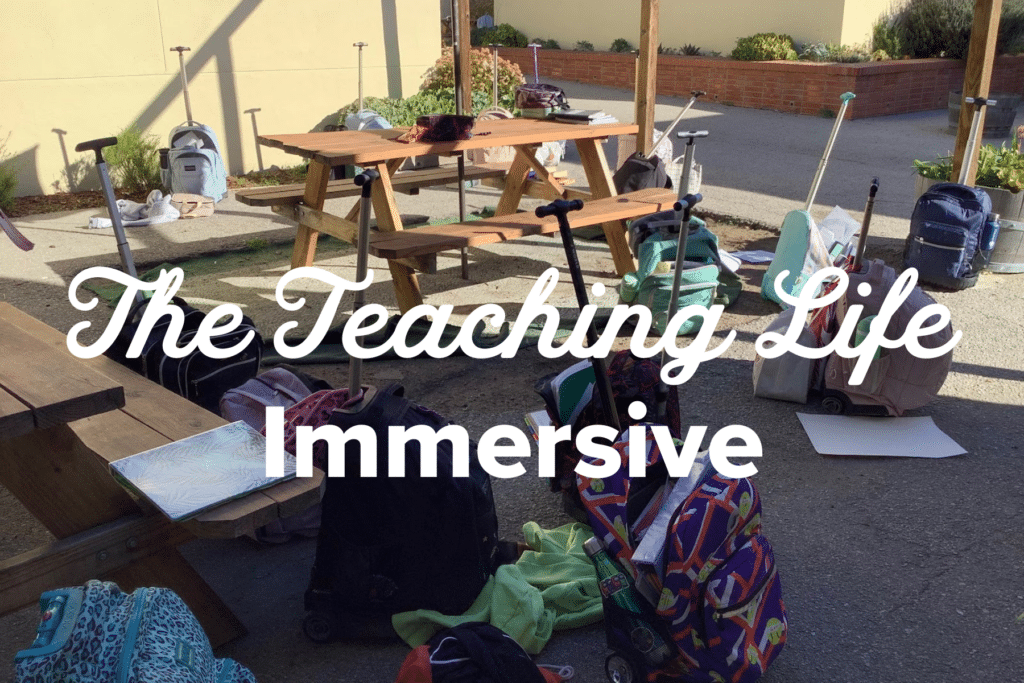To help those who are curious about what Singapore Math is all about, this series of blog posts will take you through the history, approach, and essentially the “why” of Singapore Math. These conversations will largely draw from a paper written by SLO Classical Academy graduate, Sadie Richert.
Our first post in this series provided the background of the Singapore Math Curriculum, including how and why it came to the United States. In the next post, we explored the “Concrete-Pictorial-Abstract” (CPA) method and bar modeling. In our third post, Sadie’s research walked us through two unique and essential elements of Singapore Math: Mental Math and the Spiral-Mastery approach to curriculum. This final post in the series will delve into the philosophy behind Singapore Math and how complementary it is to the Classical Trivium. Read on…
Those who have successfully implemented Singapore’s approach recognize its success relies on a multifaceted approach to teaching mathematics. Skills are honed, and concepts are taught, but perhaps more importantly, processes are developed, character is forged, and self-analysis is perpetuated. These pedagogical aims are combined with practical features to form a method which makes math meaningful. This is summarized well in Singapore’s School Mathematics Curriculum Framework. Mathematical problem solving is seen as dependent on five facets: attitudes, skills, concepts, processes, and metacognition. The following table, adapted from Singapore’s Ministry of Education provides the explanations of each problem solving pillar.
| Skills | Concepts | Processes | Metacognition | Attitudes |
| >Numerical calculation >Algebraic manipulation >Spatial visualization >Data analysis Measurement >Use of mathematical tools >Estimation | > Numerical > Algebraic >Geometrical > Statistical >Probabilistic > Analytical | > Reasoning > Communication and connections > Thinking skills and heuristics > Applications and modeling | > Monitoring of one’s own thinking > Self-regulation of learning | > Appreciation > Interest > Confidence > Beliefs >Perseverance |
Notably, these aims align with the Trivium—an educational system established in the Classical World, rediscovered in the Enlightenment, and ever pertinent for the students of today. The Trivium outlined three stages of a student’s educational journey—the Grammar stage witnesses the pursuit of first principles and the honing of fundamental skills; the Logic stage emphasizes the development of a sound framework to structure those skills; and the Rhetoric stage culminates an education by equipping students to discern truth and reason with erudition.
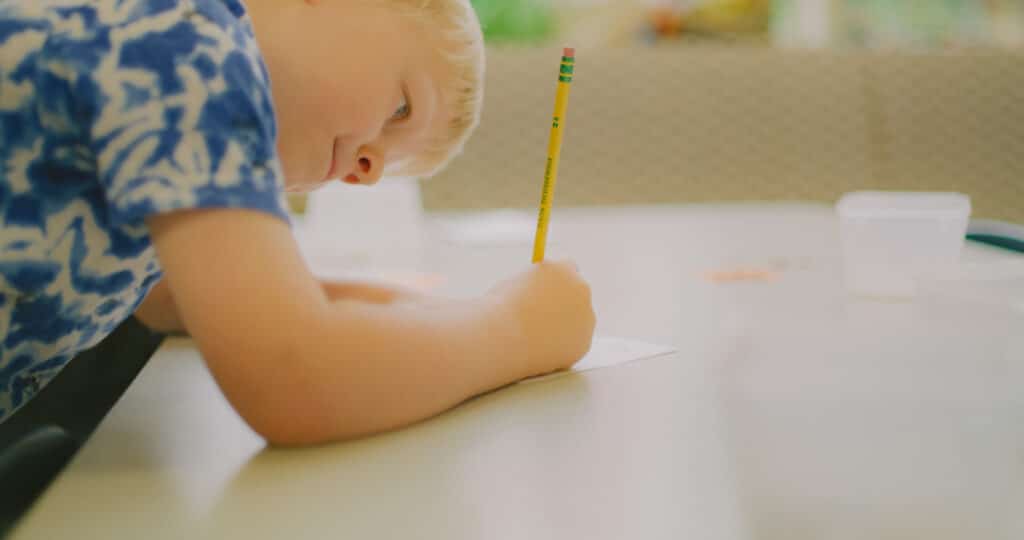
A Classical education modeled after the Trivium promotes inquiry and seeks to develop a person holistically, equipping them with skills and finesse to move beyond the highly contained, compartmentalized classroom experience. Mathematical thinking (as the ancients recognized) is the foundation of logical inference and the Rhetoric stage. Here Singapore’s Primary Mathematics complements a Classical approach to education. Rather than replicating explained examples, students are led to ‘‘seek alternative solutions to problems and to create, formulate or extend problems.” Rather than becoming surprised or discouraged by new scenarios, students are encouraged to develop “greater engagement and broader thinking” when they are trained to expect mathematical challenges—anticipating the varied complexity which the real world offers. Rather than remaining trapped by compartmentalized lesson structures (and the resulting jumble in which topics are presented), students develop “a strong sense of connectivity to past learning” and are able to grasp the unity of mathematical ideas.
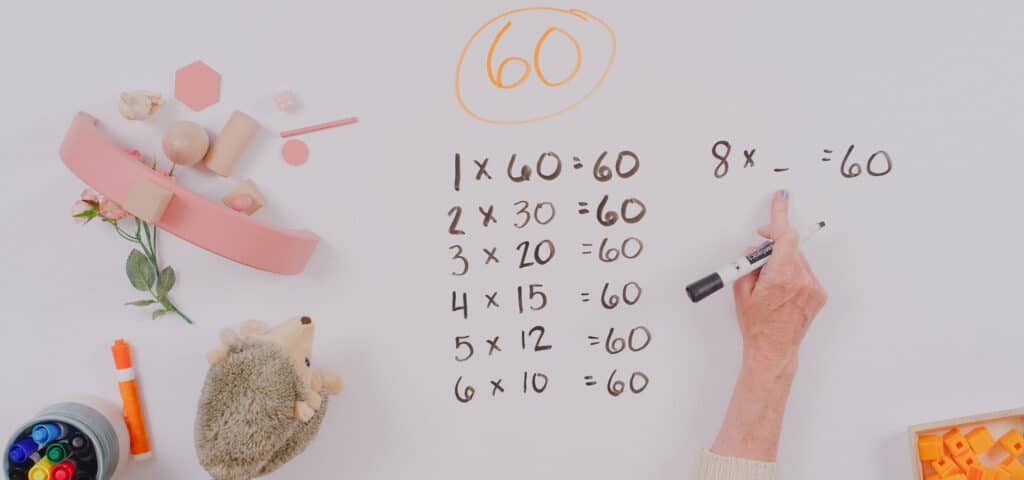
Dialectic—the Classical art of inquiring after truth through structured reasoning and cooperative debate—should happen in the math classroom as often as the seminar room. Learning happens when students understand for themselves the nature of their mistakes. Mathematical misconceptions are more often remedied when students are equipped to vocalize questions, visually represent abstract concepts, and cultivate a positive attitude towards approaching even long division exercises! The Singapore model characterizes its students by their character as well as their capabilities, and, rather than grading answers as merely right or wrong, instructors look at the processes pursued to obtain a solution, encouraging students to explore a variety of problem-solving techniques and assess each problem individually to see what strategy is most appropriate. Singapore math doesn’t minimize the importance of practice or the necessity of attaining proficiency in skills which form the basis of higher level reasoning (the Grammar stage must precede the Rhetoric stage, after all). But skills are void if students do not also develop a mathematical intuition to aid them when situations become more complex. (This must extend beyond the albeit rather clever tactic many students develop of guessing what strategy to use based merely on what has been taught most recently.) Singapore math ensures that lazy math does not pay—a fact I can vouch for from personal experience as a former student of the Primary Mathematics Singapore curriculum.
Not too far removed yet from my own elementary school math days, I vividly remember staring at dreamy purple-tinted review pages in my own Singapore textbooks or completing strips of mental math my mother assigned (sometimes merely so she could in good conscience throw away a partly

completed page which had been on our counter for too long). Sometimes when I catch myself using Singapore math techniques (breaking arithmetic problems into number bonds, for example), I recall with a mixture of nostalgia and dread the purple pen which marked the end of each day’s assignment in my textbooks. Of course, it was also through Singapore math that I perfected the drawing of curly braces which I had sketched so many times in elementary school, assigning values to bars which in raw form were just so many algebraic expressions. However, the Singapore math curriculum did more than just train me to write the answers to word problems with a complete sentence and always begin problems with a model drawing. Indeed, my elementary school math experience, integrated rather beautifully with a rich Classical education, taught me from early on that success in mathematics means much more than mere accuracy in the answers one writes at a problem’s end (though these are important too).
A good education, especially a good math education, makes the important distinction between learning how to replicate what one has been told and learning how to think for oneself. When teachers have this aim in mind, they will find the Singapore math curriculum excellently suited to aid them. Sometimes in the face of hard situations—issues we struggle to conceptualize, problems we can’t imagine the start of a solution to—bar modeling might just come in handy!
We are also running this series on our Wisdom Wonder Project blog. WWP provides Singapore Math videos as a subscription service to anyone interested in using them as part of their K-6 math education. As a SLOCA family, you may have seen these video resources linked in your weekly grids, as we provide them to our community for no additional charge. For more information, click here.
Sadie Richert wrapped up her senior year in high school with Calculus 3 (completed at CSU Cal Poly). She is currently pursuing a Bachelor of Music degree in violin, with elective studies in Mathematics and a Classical Languages minor at Wheaton College.












